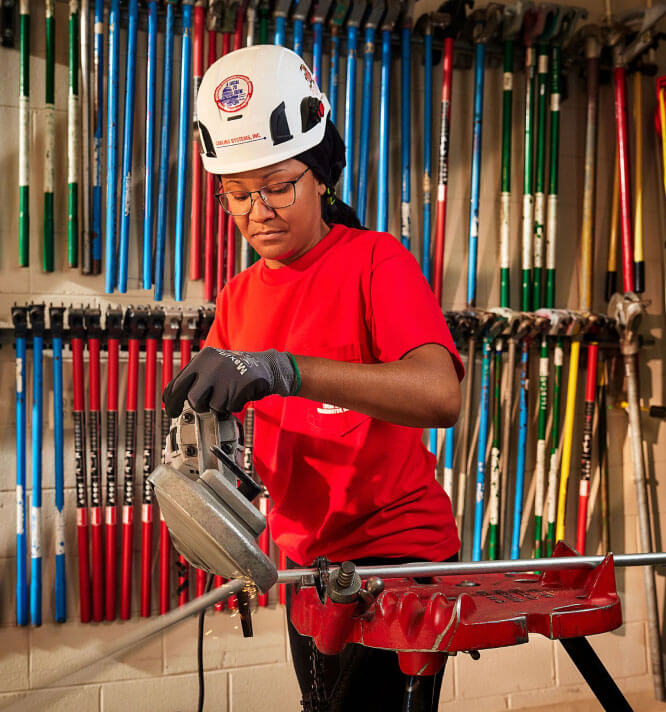The Washington, DC Joint Apprenticeship & Training Committee (JATC) will be the first in the area to offer Electric Vehicle Charging Stations installation training for electricians.
The Joint Apprenticeship & Training Committee, sponsored by the Electrical Alliance, is a cooperative effort between the Washington, DC Chapter of National Electrical Contractors Association (NECA) and the International Brotherhood of Electrical Workers, (IBEW) Local 26.
The JATC offers accredited apprenticeship programs that prepare students to excel in the electrical industry and continuing education that readies experienced electricians for work on tomorrow’s systems.
Ralph Neidert, a master electrician in Virginia, Maryland, and West Virginia and assistant director at the JATC participated in the Electric Vehicle Infrastructure Training Program (EVITP) to become certified to train-the-trainers who will teach local electricians to install, commission and maintain Electric Vehicle Supply Equipment (EVSE).
The EVITP’s program addresses technical requirements, safety imperatives and performance integrity of industry stakeholders. At the national level, NECA is one of those stakeholders. Rob Colgan, NECA executive director, market development emphasized that charging equipment for electric vehicles is an electrical installation and subject to the same workmanship and safety requirements as traditional electrical work.
Colgan said, “There will be company fleet vehicles and public parking lots that will need EVSE. NECA electrical contractors will be able to meet their EVSE needs, no matter how large or small the job.”
The JATC is now establishing an EVSE training lab at its Lanham, MD facility and will train additional trainers to teach licensed journeymen how to install this equipment. The JATC plans to have the much-needed training underway by this fall. UL estimates there will be one million electric vehicles on the road in next five years. It is widely believed that electric vehicles have the potential to cut greenhouse gas emissions by 30% in the U.S.
“Our goal is to train as many electricians in this area as possible to meet the growing demand,” said Neidert.




